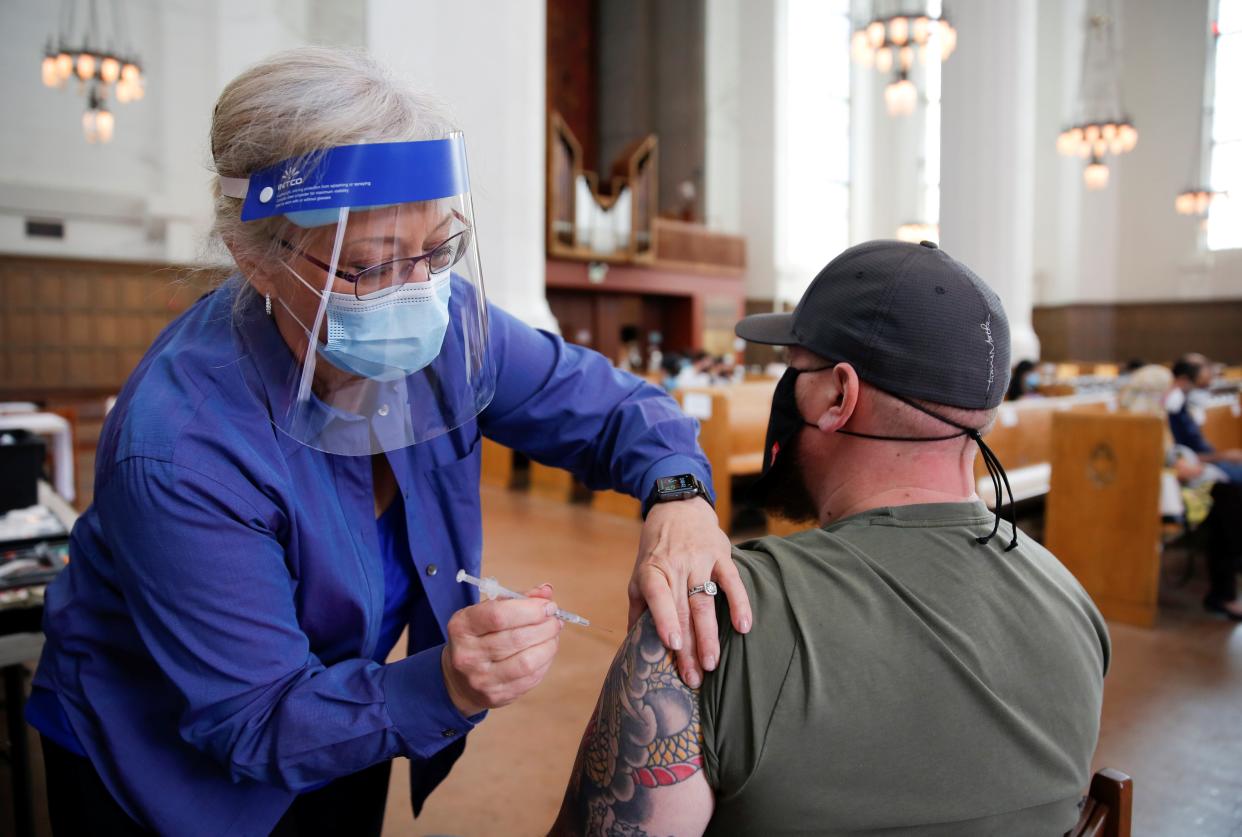US probably won’t reach Covid herd immunity, experts conclude

Vaccine-hesitant communities, inequitable distribution, and the dominance of more contagious variants in the US could prevent the nation from reaching herd immunity from Covid-19, which is more likely to transform into a “manageable threat” rather than a singular event, public health experts told The New York Times.
Health officials argue that the unlikelihood of totally eliminating the virus underscores a public and government urgency to vaccinate widely, and to combat the root causes of hesitancy – including fear and distrust – while expanding access to vulnerable and hard-to-reach communities, The Times found.
Throughout the pandemic, health officials had projected that the US would need to reach a herd immunity threshold ranging from 60 to 85 per cent of the population – the point at which enough people are vaccinated or have an immune response to the virus to prevent spreading it to others.
“People were getting confused and thinking you’re never going to get the infections down until you reach this mystical level of herd immunity, whatever that number is,” Dr Anthony Fauci told The Times.
Remarks from the nation’s leading infectious disease experts echo his calls in March telling Americans to stop “fixating” on “this elusive number of herd immunity.”
“Rather than fixating on that, why don’t we just say, Get as many people vaccinated as quickly as we possibly can,” he told reporters on 15 March. “And every day that goes by … we’re getting closer and closer to control of this pandemic.”
Medical experts told The New York Times that the US must work to limit the rates of severe infections leading to hospitalisations and deaths as pandemic-related restrictions are relaxed despite the imbalance of vaccinated and unvaccinated Americans.
The goal over “a generation or two” would be to transition the coronavirus into a cold-like virus that is easier to control, experts told the newspaper.
Just 16 months out from the onset of the US outbreak, medical experts are also still navigating the unknown impacts of “long Covid” on people who were infected, including its stress on health systems in the future.
More than 147m people in the US have received at least one dose of three available Covid-19 vaccines, according to data from the US Centers for Disease Control and Prevention, as of 3 May.
Roughly 104m people – more than 30 per cent of the population – are fully vaccinated, or have received both required doses of the Pfizer or Moderna vaccines, or the single-dose Johnson & Johnson vaccine.
By mid-April, as states began to expand eligibility for the free vaccines following president Joe Biden’s demand that all adults be eligible by 19 April, vaccination rates began to level off, from a high of more than 4m doses administered in a single day to a current seven-day average of 2.4m daily doses.
Early CDC data continues to show disproportionate distributions, with white Americans comprising nearly 70 per cent of all fully vaccinated people in the US.
African American, Asian American, Latino and Native American people account for roughly a quarter of all vaccinations combined.
More than 577,000 people in the US have died from the disease.
Read More
Facebook oversight board to rule on suspended Trump account
Black man enslaved by white boss for 5 years should be paid $500,000, court rules

